Leishmania under a microscope
Leishmania is the causal agent of leishmaniasis, a severe and painful skin disease affecting millions of individuals worldwide. The parasite's life cycle is composed of two stages: the bloodstream form, which multiplies in a mammalian host, and the procyclic form in an insect host. It is important to note, the conditions in the two hosts greatly differ, meaning a precise adjustment is required from the leishmania in order to transfer from one to the other. In a previous work, Prof. Shulamit Michaeli and her team showed that this adjustment is enabled by a change in a specific modification on the parasitic ribosome, pseudouridylation (Ψ) in H69 loop of the rRNA. Now, in an article published in Cell Reports, Prof. Michaeli along with Prof. Ada Yonat, Prof. Gerald F. Spath, Prof. Ron Unger, Prof. Toshiaki Isobe and Prof. Yitzhak Pilpel, demonstrate the structural and functional effects of the leishmania's H69 Ψ modification.
Last Updated Date : 31/07/2024




